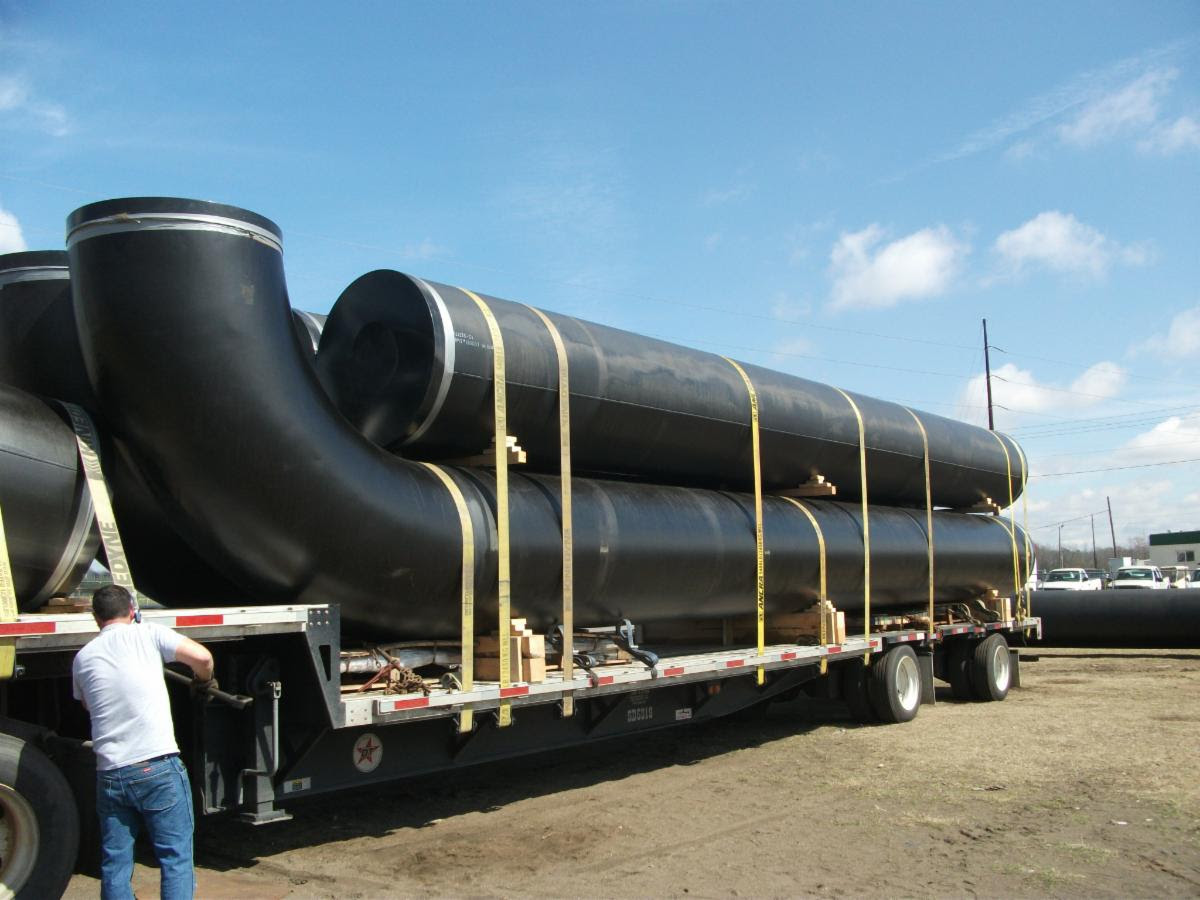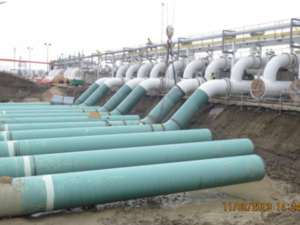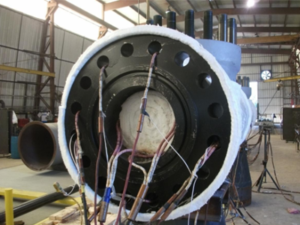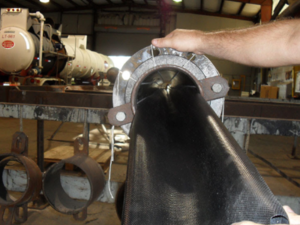Google Heats Up the West
| Google Heats Up the West
An almost forgotten clean energy source has again taken the spotlight in power generation. In 1960, Calpine and its partners completed the 1,590 Mw. “Geysers” geothermal power station – the first of its type – and, last year, Google completed their own station, with a unique design, to power their data centers in Nevada. Geothermal energy is a type of renewable energy that is derived from heat “generated during the original formation of the planet.” 10,000 years ago, the indigenous people of North America were drawn to our country’s hot springs for spiritual, medicinal and some mundane reasons like cooking or protection from the effects of winter. Around these sites grew “trade, diplomacy and cultural exchange.” The Greeks and Romans promoted the health benefits of hot baths and erected shrines at these sites. In 1818, French engineer Francois Jacques de Larderel extracted boric acid from hot springs in the Tuscan region of Italy and in 1904, Italian scientist Piero Ginori Conti, successfully generated electricity from those springs. The town of Lardello, which grew up around these springs, became the site of the world’s first commercial geothermal power plant. Following World War II, the Western United States became a major producer of geothermal power. The world’s largest geothermal power plant complex is the “Geysers” built in 1960 in the Mayacamas Mountains north of San Francisco. This site contains over 350 wells and 22 geothermal power stations! Presently, there are 93 geothermal power plant sites in the U.S., 651 of which are located in California. Partnering with Fervo Energy of Houston, Google’s geothermal power plant came online in November of last year with plans to have all their data centers and office campuses 24/7 carbon free by 2030. Generally, geothermal power plants draw up hot water from fluids from natural reservoirs to produce steam to power the turbine. Due to the lack of fluids in the rock layers underneath Reno and Las Vegas, the Fervo design is a closed loop system that pumps cold water into two horizontal wells. The rock heats up the water and sends steam to the surface to run the turbine. Whereas wind and solar farms are sensitive to weather and time of day, geothermal power plants operate 24/7 and are considered baseload power. The last geothermal plant built in the U.S. is the “Hell’s Kitchen” complex which came online in 2023 in California, producing 140 MW of electricity. It is estimated that, with proper incentives to reduce project cost, the U.S. has the potential to generate 90 Gigawatts of geothermal energy by 2050. At the end of 2022, the total global installed geothermal power generation capacity stood at 16,127 MW, an increase of 286 MW over 2021, including United States – 3,794 MW Indonesia – 2,356 MW Philippines – 1,935 MW Turkey – 1,682 MW New Zealand – 1,037 MW Mexico – 962.7 MW Kenya – 944 MW Italy – 944 MW Iceland – 754 MW Japan – 621 MW |
To learn more about who Dixie is, visit our About page.







Stay Connected